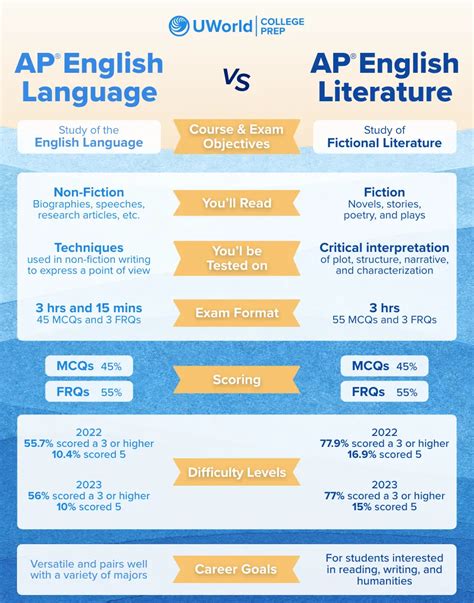In AP Language and Composition, false information is referred to as fallacy. A fallacy is a flaw in reasoning or logic that can lead to an incorrect conclusion. Fallacies can be intentional or unintentional, and they can occur in any type of writing or speech.

There are many different types of fallacies, but some of the most common include:
- Ad hominem: Attacking the person making the argument instead of the argument itself.
- Begging the question: Assuming the truth of the conclusion in the premises.
- Circular reasoning: Using the conclusion as one of the premises.
- False dichotomy: Presenting only two options when there are actually more.
- Hasty generalization: Drawing a conclusion from a small or unrepresentative sample.
- Post hoc ergo propter hoc: Assuming that because one event follows another, the first event must have caused the second.
- Red herring: Introducing an irrelevant topic to distract from the main issue.
- Straw man: Misrepresenting the other person’s argument to make it easier to attack.
Fallacies can be persuasive, especially if they are used skillfully. However, it is important to be able to recognize fallacies so that you can avoid being misled by them.
How to Recognize Fallacies
There are a few things you can do to help you recognize fallacies:
- Be aware of the different types of fallacies. The more you know about fallacies, the easier it will be to spot them.
- Pay attention to the language that is being used. Fallacies often use certain words or phrases that can give them away.
- Look for evidence to support the claims that are being made. If there is no evidence to support a claim, it is likely that the claim is based on a fallacy.
- Consider the source of the information. Is the information coming from a credible source? Or is it coming from a source that is known to be biased or inaccurate?
Why is it Important to Recognize Fallacies?
Recognizing fallacies is important for a number of reasons. First, it can help you to avoid being misled by false information. Second, it can help you to make better arguments and persuasively in writing and speaking. Third, understanding the art of fallacy can help you to be a more critical thinker.
Additional Resources
Conclusion
Fallacies are a common part of everyday life. By understanding what fallacies are and how to recognize them, you can avoid being misled by false information and make better decisions.
